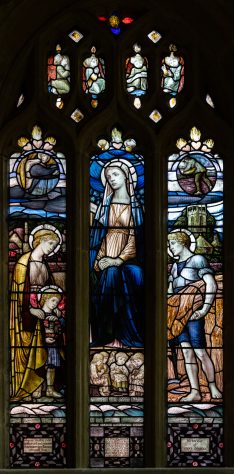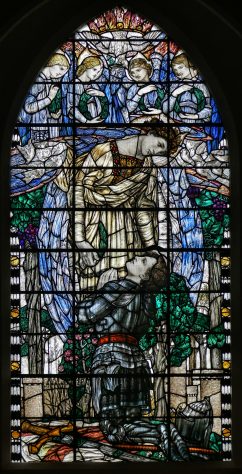Wilson, Henry
Henry Wilson (1864-1934) was one of the leading figures in the British Arts and Crafts Movement. He was an architect, designer of church fittings across all media, a metalworker, a jewellery designer and much more. He trained and worked with John Oldrid Scott (1841-1913), John Belcher (1841-1913) and, J. D. Sedding (1838-1891). Wilson became Sedding’s assistant, taking over his practise after his early death. He finished for Sedding such key Arts and Crafts projects as Holy Trinity, Sloane Street, London, John Betjeman’s ‘Cathedral of the Arts and Crafts’, and designed churches as grand as St. Bartholomew, Brighton, and as seemingly humble as St Mark’s, Brithdir, Gwynedd. He taught metalwork at the Central School of Arts and Crafts and the Royal College of Art. He was the president of the Arts and Crafts Exhibition Society from 1915 to 1922, which meant he was in charge of the major Arts and Crafts retrospective at the Royal Academy in 1916. In 1917 he became Master of the Art Workers Guild. C. R. Ashbee called him ‘perhaps the greatest artist of the lot.’
Sources:
Henry Wilson Practical Idealist by Cyndy Manton (James Clarke and Co Ltd, 2009)
Henry Wilson on Wikipedia


